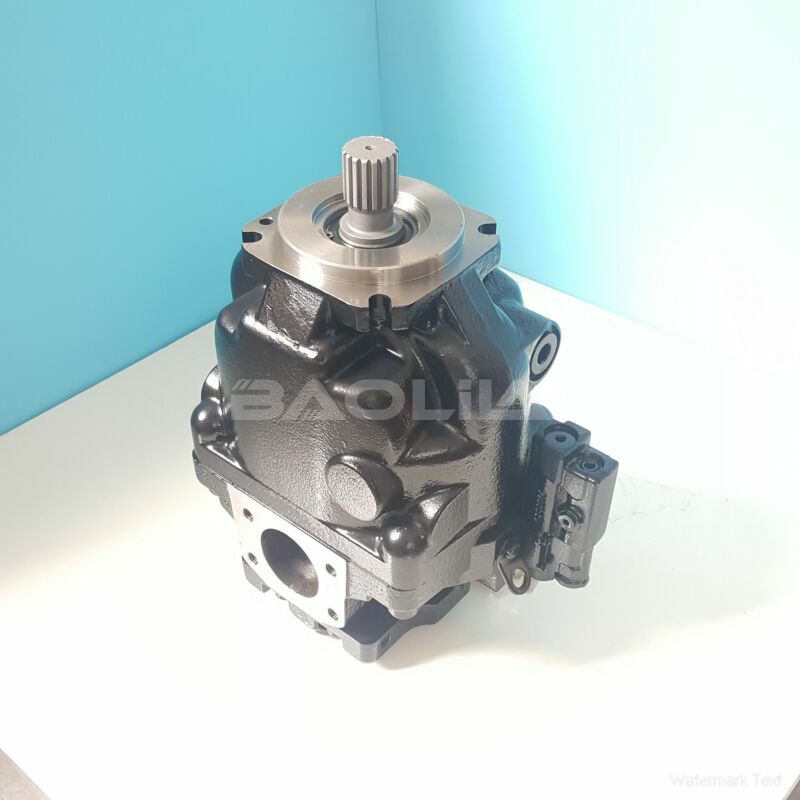ERL100BCK2810NNE3S1BPA1NNNNNNNNNN hydraulic pump
ERL100BCK2810NNE3S1BPA1NNNNNNNNNN hydraulic pump

- Product Details
- Applicable Scene
Hydraulic pump systems are vital components in various industrial and engineering applications, driving machinery and equipment to perform essential tasks. However, like any mechanical system, they can encounter issues that may disrupt their operation. This guide aims to provide a comprehensive approach to troubleshooting hydraulic pump systems by identifying common problems, diagnostic techniques, and potential solutions.
ER-L-100B-CK-28-10-NN-E-3-S1BP-A1N-NNN-NNN-NNN
ERL100BCK2810NNE3S1BPA1NNNNNNNNNN
Understanding the Hydraulic System

83041211
Before delving into troubleshooting, it’s crucial to understand the basic components of a hydraulic system. A typical hydraulic system includes a hydraulic pump, reservoir, actuators (such as cylinders or motors), valves, and hydraulic fluid. The pump generates the flow of hydraulic fluid, which is then directed through valves to actuate various components of the system.
Common Problems in Hydraulic Pump Systems
Low Hydraulic Pressure: Insufficient pressure can lead to poor performance or complete system failure. Symptoms include slow operation of actuators or inability to lift loads.
Overheating: Excessive heat can damage components and reduce the efficiency of the hydraulic fluid. Signs include fluid discoloration, foaming, or a significant drop in system performance.
Fluid Leaks: Leaks can occur at connections, fittings, or within the pump itself. They not only reduce system efficiency but can also create safety hazards.





